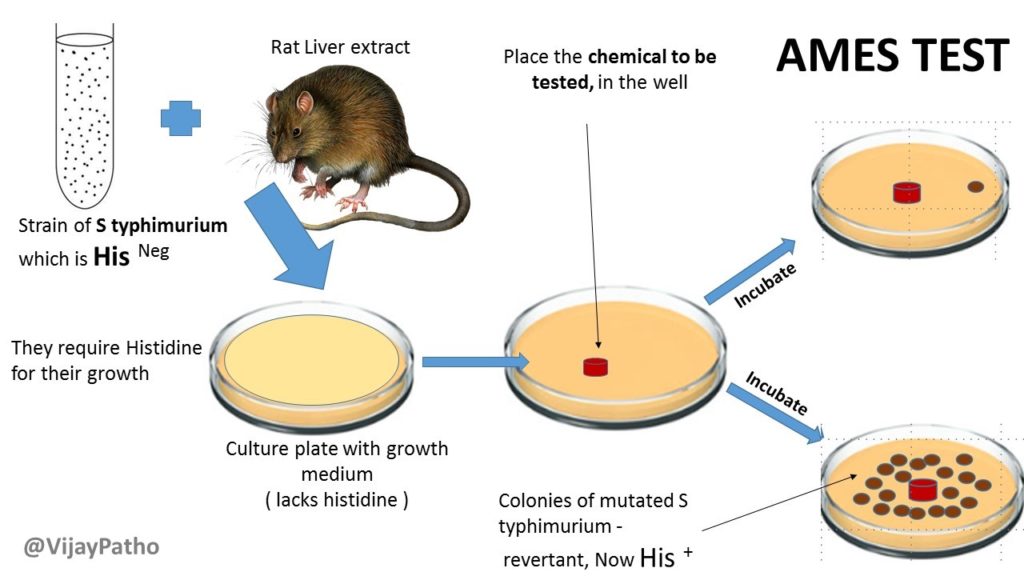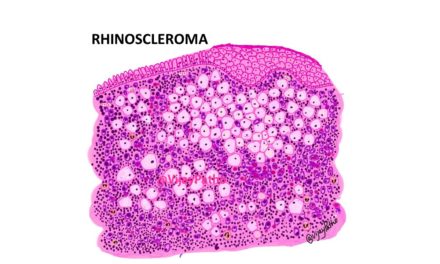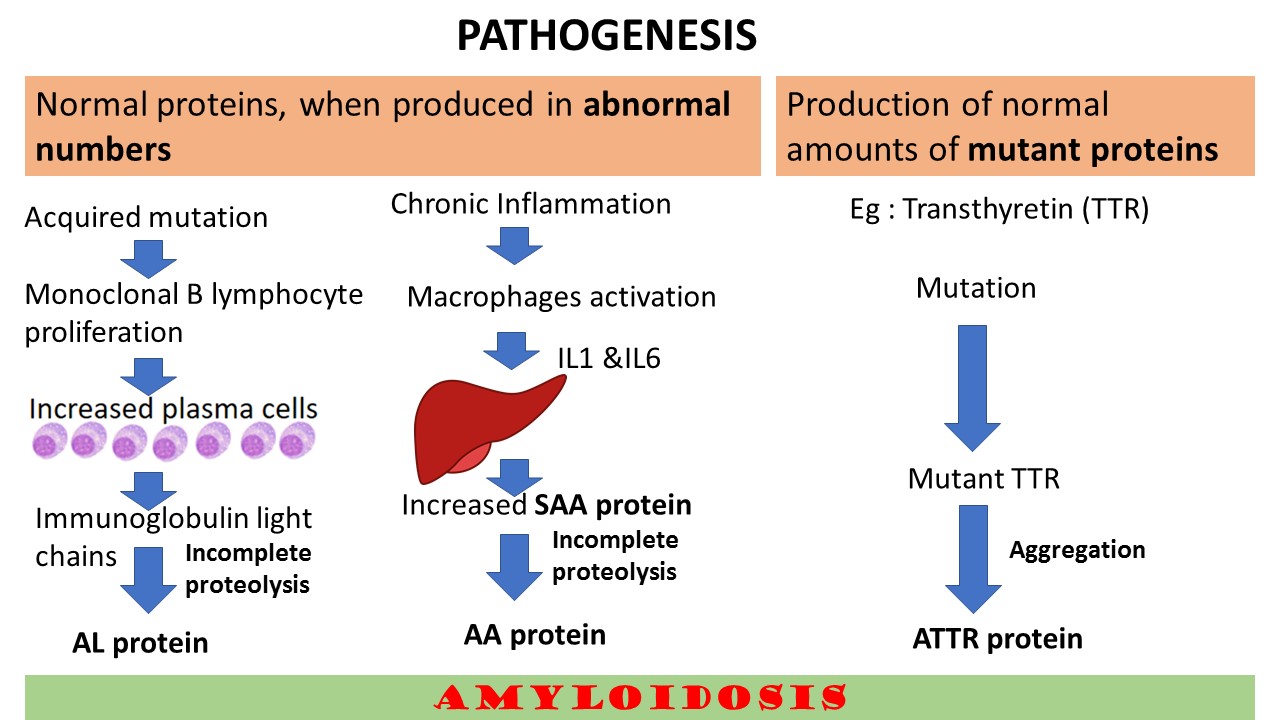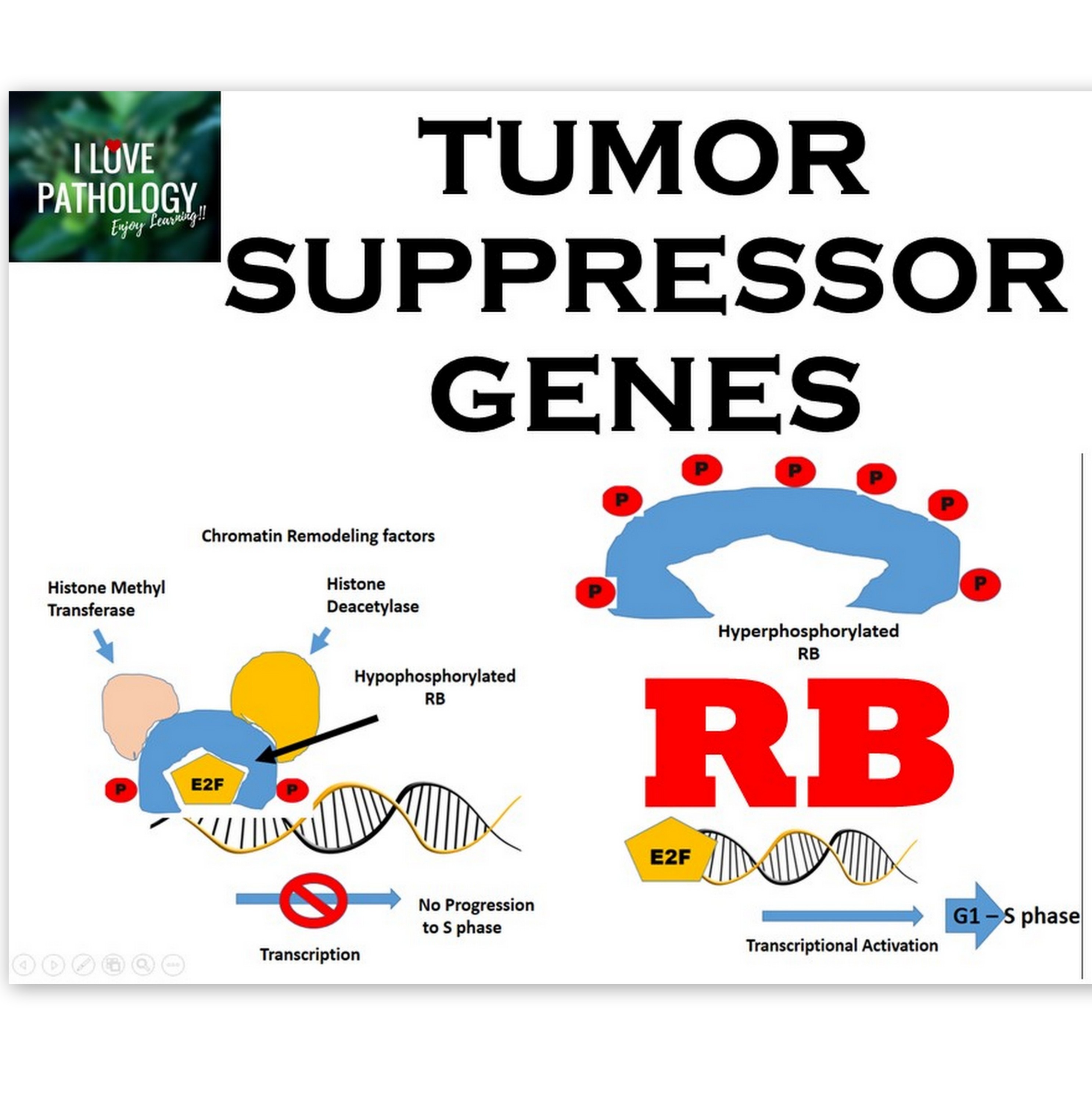
This Video tutorial will help you in understanding the concepts of Chemical Carcinogenesis.
Carcinogenesis
• Oncogenesis
Mechanism of induction of tumors
Carcinogen
• A substance or agent which can induce cancer.
• Types:
1.Chemical carcinogen
2.Physical carcinogen
3.Biological carcinogen
History
1761 – Dr John Hill, London Physician Observed the association of nasal cancer among tobacco snuff users in men.
1775 – Percivall Pott, an English surgeon : increased Incidence of scrotal cancer in chimney sweepers in London.
1915 – Yamagiwa and Ichikawa, Japanese Pathologists: Multiple topical applications of coal tar to rabbit ears produced squamous cell carcinomas.
First demonstration that a chemical could produce cancer in animals.
1930’s – Kennaway, a british Pathologist : showed for the first time that polycyclic aromatic hydrocarbons , such as dibenzanthracene, are tumorigenic in mouse skin
1940’s – James and Elizabeth Miller, Oncologists : first to find the relationship between metabolic activation, and tumorigenesis.
Experiments demonstrating the initiation & promotion
Tests For Chemical Carcinogenicity
• Experimental induction
• Tests for Mutagenecity( AMES’ TEST)
• The Ames Test is an easy and inexpensive way to measure the MUTAGENICITY of a chemical.
• Ames test does not determine if chemical is carcinogenic!!!
• Rationale of test is that greater than 90% of all chemical mutagens have been shown to be carcinogenic in subsequent animal tests
• The bacterium used in the test is a strain of Salmonella typhimurium that caries a defective (mutant) gene making it unable to synthesize the amino acid histidine from the ingredients in its culture medium.
• However, some types of mutations (including this one) can be reversed, a back mutation, with the gene regaining its function.
• These revertants are able to grow on a medium lacking histidine.










Recent Comments